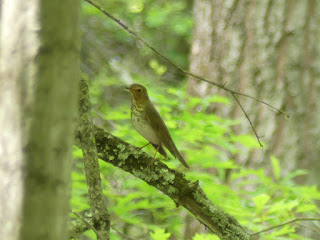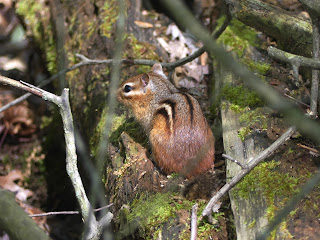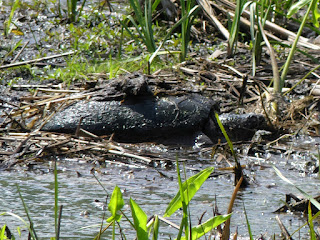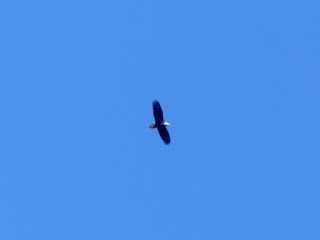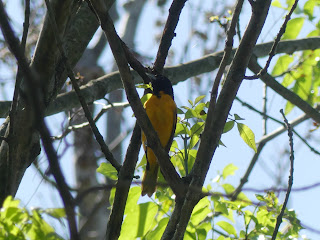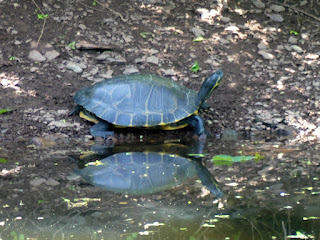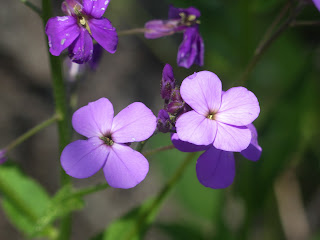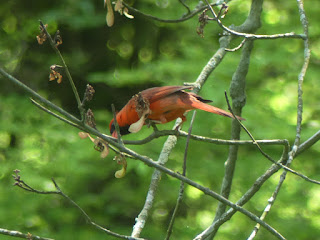Wood Thrush

For Throwback Thursday, here's a bird from around 5 years ago. Back when I was working at Alcatel-Lucent/Nokia [1] I would walk through on-premises woods and meadows where I met this Wood Thrush 1 summer. This is another thrush that's fairly similar to ones like the Hermit Thrush and the Swainson's Thrush . They are considered 1 of the best singers among our song birds. They achieve this because they can sing 2 notes at the same time, and do it in harmony. While males of many birds perform song matching , where a bird sings a song and a rival tries to sing the same song, the more individualistic Wood Thrush will counter a rival's song with a distinct song of their own. Like some other birds, they also have a clever technique to raise as many children as possible in a breeding season. They'll have 1 brood, and before their young are ready to fend for themselves the female will go off and start another brood, leaving the male to provide for the 1st brood. July 26,

